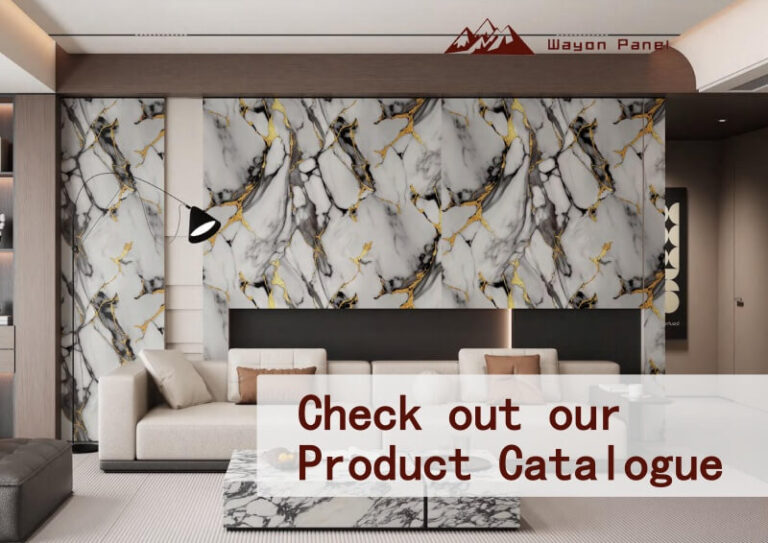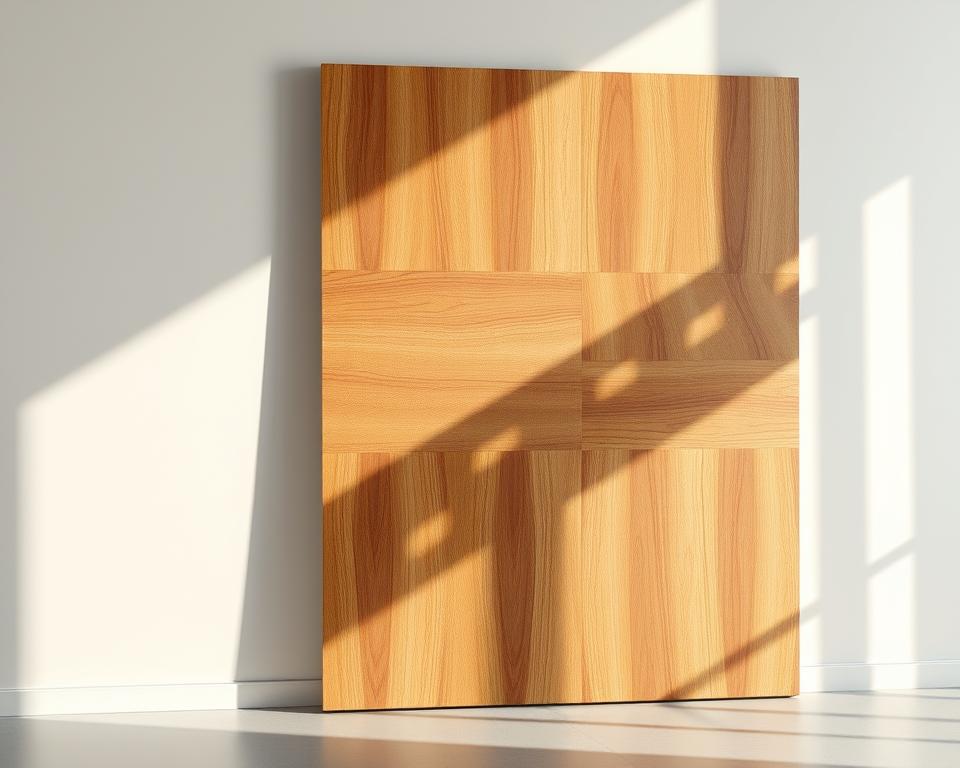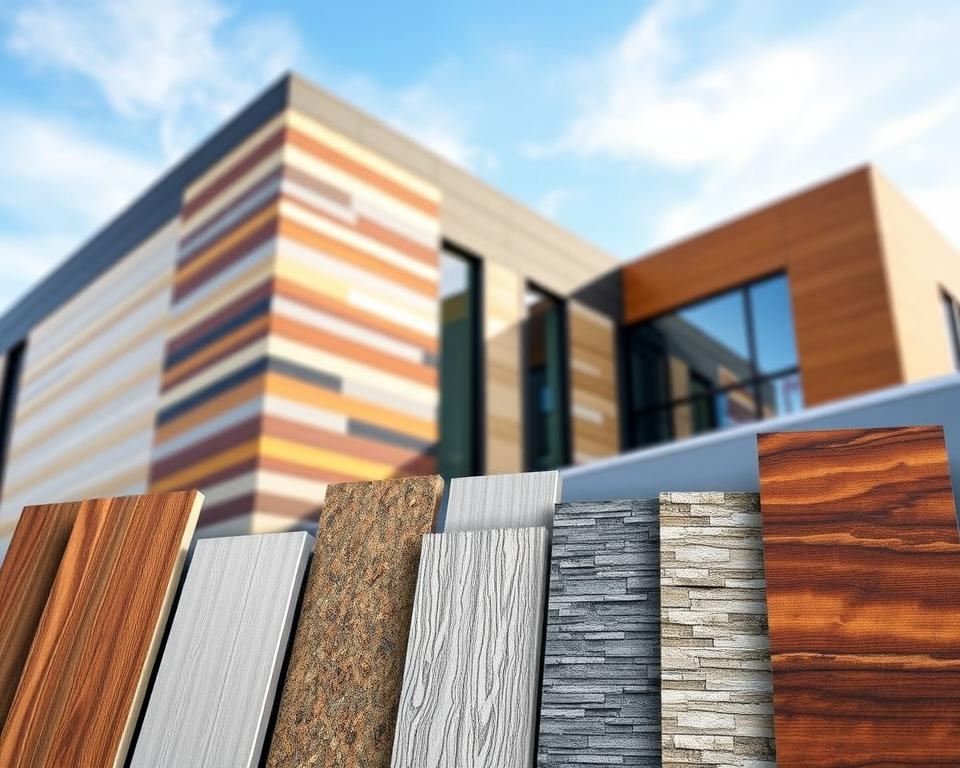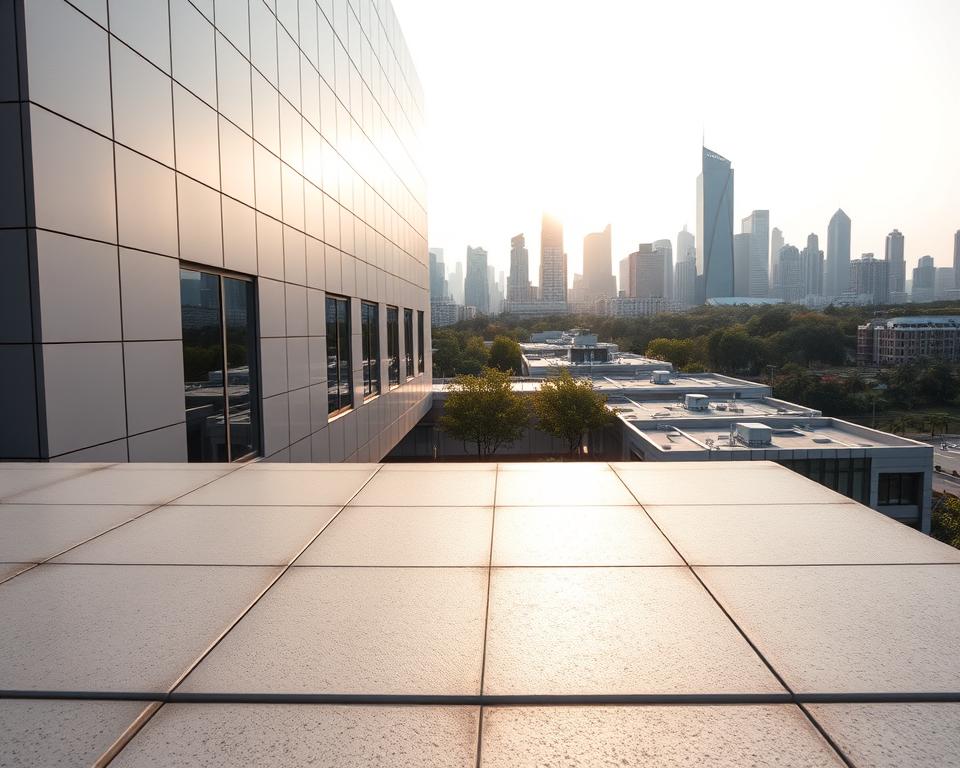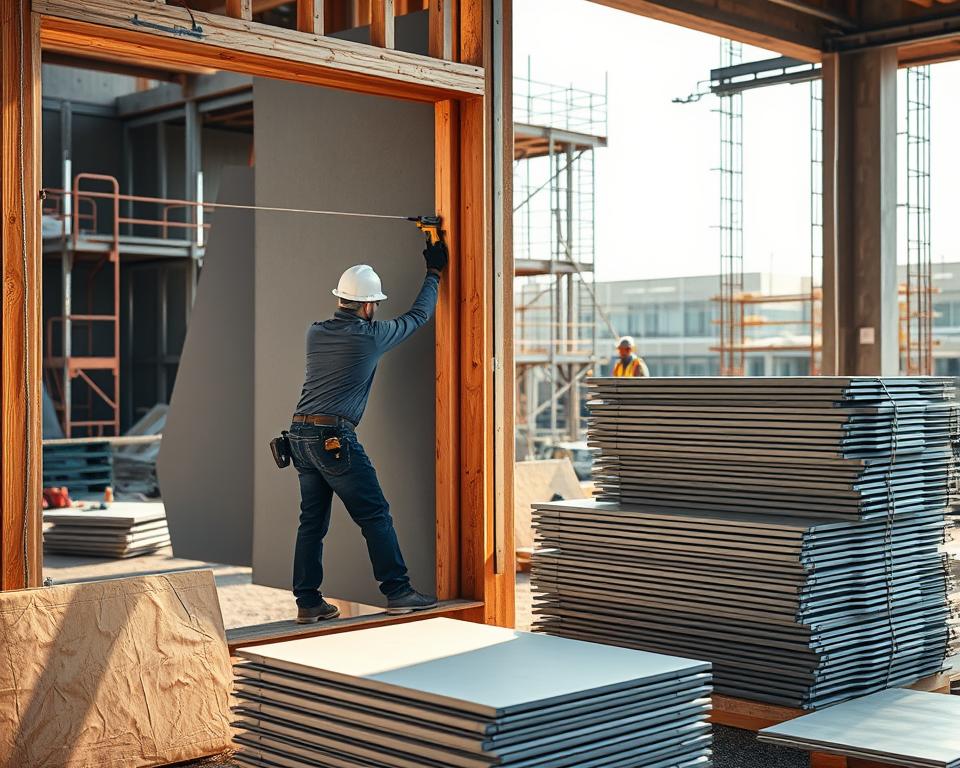Selecting the right partner for building projects requires balancing upfront costs with long-term value. Experience matters. Firms operating for over a decade often deliver better consistency through tested processes.
Initial pricing only tells part of the story. Hidden expenses emerge from complex installations or frequent repairs. Modern manufacturing minimizes these risks. For example, rain-screen designs eliminate caulking while maintaining weather resistance—cutting labor hours and future upkeep costs.
Technical support availability also affects budgets. Reliable partners provide guidance during assembly and expansion phases. This ensures materials perform as intended for years, protecting your investment beyond the first invoice.
Understanding Composite Wall Panels: A Modern Construction Solution
Modern builders face a critical choice: stick with outdated materials or adopt innovative solutions. Today’s high-performance options blend natural aesthetics with engineered durability, reshaping how structures withstand time and weather. Let’s explore what sets these products apart.
Material Composition Comparison
Traditional wood planks contain 100% organic fibers, making them prone to rot and insect damage. Modern alternatives mix wood powder with recycled plastics and stabilizing additives. A typical formula includes:
| Component | Traditional Wood | Advanced Alternative |
|---|---|---|
| Primary Materials | Solid lumber | 55% wood powder + 35% HDPE |
| Weather Resistance | Requires sealants | Built-in waterproofing |
| Lifespan | 5-15 years | 25+ years |
Advantages Over Conventional Options
These engineered products eliminate seasonal warping and splintering. Their layered structure resists moisture absorption, preventing mold growth behind surfaces. Fire-retardant additives meet strict building codes without extra treatments.
Installers save time since pre-finished surfaces need no painting. The interlocking designs create airtight seals, boosting energy efficiency by up to 30% compared to standard cladding. Maintenance shrinks to occasional rinsing with water.
Key Cost Considerations in Manufacturing Composite Panels
Material and process decisions shape the financial landscape of construction projects. Three elements dominate budgets: raw inputs, equipment investments, and workforce expertise. Smart choices here determine whether a system lasts decades or demands constant repairs.
Material Selection and Pricing
High-grade HDPE resin forms the backbone of durable systems. Combined with fine wood powder and stabilizing additives, these components account for 60-70% of total production costs. Premium materials like fire-retardant cores add 15-20% to base prices but meet strict safety codes.
| Component | Standard Grade | Premium Grade |
|---|---|---|
| HDPE | $0.85/lb | $1.20/lb |
| Wood Fiber | Recycled sawdust | Certified hardwood |
| Additives | Basic UV protection | Fire-retardant + antimicrobial |
As one industry expert notes: “Saving $0.10 per square foot on materials often costs $2 in field adjustments later.”
Production and Labor Expenses
State-of-the-art routing machines demand skilled operators but reduce waste by 40%:
- Precision bonding ensures seamless joints
- Automated quality checks cut labor hours
- Bulk orders lower per-unit machine setup costs
Training technicians to handle specialized equipment adds upfront expenses. However, these investments pay off through consistent output and fewer warranty claims over time.
Composite Wall Panel Manufacturer: Quality and Performance Standards
Building professionals demand materials that deliver through hurricanes, heatwaves, and heavy use. Top-tier producers validate their claims through third-party testing and transparent warranties.
Durability and Long-Term Performance
Certifications tell the real story. Products meeting CE and FSC standards undergo 500+ hours of accelerated weathering tests.
| Certification | Test Focus | Performance Threshold |
|---|---|---|
| CE Mark | Mechanical stability | Withstands 130 mph winds |
| INTERTEK | Fire resistance | Class B flame spread rating |
| FSC | Sustainable sourcing | 95% recycled content |
Precision manufacturing prevents gaps that let moisture seep in. Computer-guided routers create joints accurate to 0.5mm – tighter than a credit card’s thickness. This eliminates warping that causes premature replacements.
Warranty terms reveal confidence. Companies offering 10+ years of coverage typically use UV-stabilized coatings and antimicrobial cores. As one project manager noted: “Our 2012 installation still looks new after coastal storms and 90° summers.”
Innovative Design and Customization Options
Breaking free from traditional constraints, modern materials offer unprecedented design freedom. Architects now shape spaces with precision-cut profiles and hues that stay vibrant for decades. This shift lets commercial projects balance brand identity with weather-resistant performance.
Color, Texture, and Finishing Variations
Today’s systems mimic weathered teak or rich mahogany without annual staining. Advanced printing techniques create grain patterns deeper than natural timber. Popular choices range from storm-gray neutrals to warm coffee tones that adapt to regional styles.
Unlike real wood, these surfaces resist fading. UV-stable pigments maintain color consistency across north-facing walls and sun-drenched facades. “Our downtown renovation kept its chocolate-brown hue through five Arizona summers,” notes a Phoenix-based project lead.
Design Flexibility for Commercial Applications
Retail chains use branded color-matching for storefront uniformity. Hospitals choose antimicrobial smooth finishes, while hotels opt for rustic textures. Panels cut cleanly onsite, allowing custom angles for curved walls or geometric features.
| Feature | Traditional Material | Modern Solution |
|---|---|---|
| Color Retention | Fades in 2-3 years | 10+ year warranty |
| Surface Options | 3-5 standard finishes | 30+ textures/colors |
| Custom Shapes | Limited by material strength | CNC-cut designs |
Vertical or horizontal installations create visual movement. One tech campus alternated panel directions to mirror its logo’s dynamic lines. Such adaptability makes the product ideal for signature architectural statements.
Eco-friendly Material Blends and Renewable Energy Aspects
These innovative products combine post-consumer plastics with fast-growing wood fibers. This approach diverts tons of waste from landfills annually. Manufacturing facilities now run partially on solar energy, cutting fossil fuel dependence by 40% compared to traditional methods.
Architects value how these solutions meet LEED criteria while offering design flexibility. From urban high-rises to coastal homes, sustainable materials prove durable choices don’t require ecological compromises. The result? Structures that serve communities while honoring planetary boundaries.

